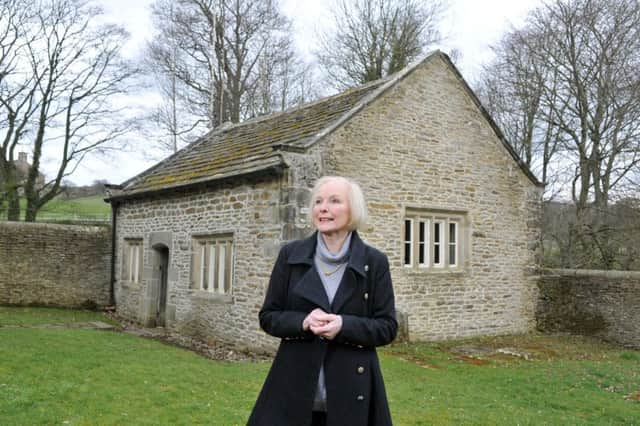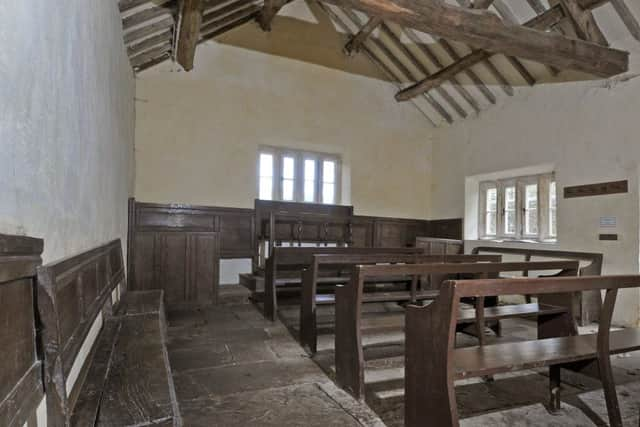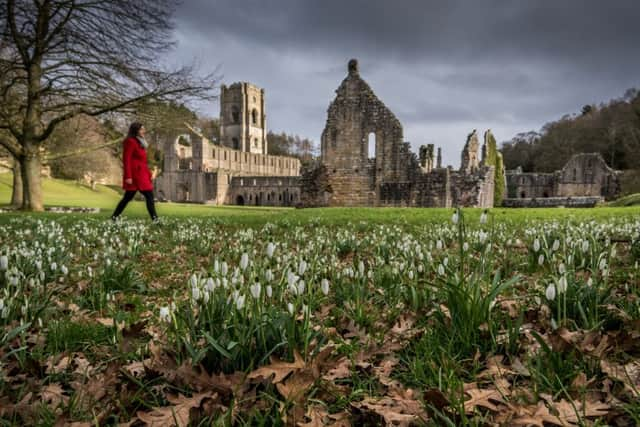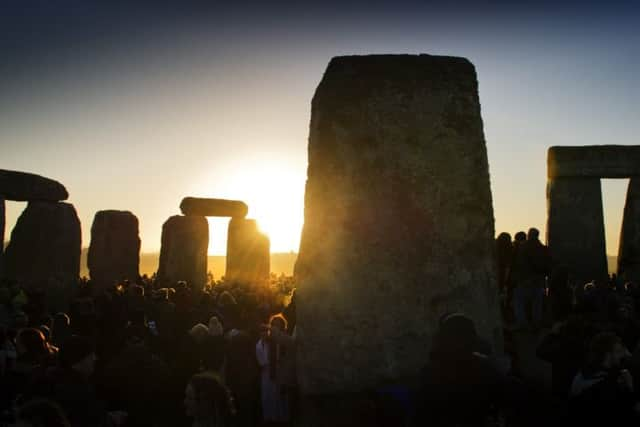It's a far cry from York's magnificent Minster, but this little chapel is one of England's most significant religious buildings


Yet the 17th century Friends’ Meeting House just outside Addingham is named today, alongside Stonehenge and Fountains Abbey, as one of the 10 buildings that most embody England’s religious history.
York Minster, at the other end of the scale on the ecclesiastical estate, is not on the list, which has been compiled for Historic England by Rev David Ison, Dean of St Paul’s Cathedral.
Advertisement
Hide AdAdvertisement
Hide AdThe news that Farfield, one of Britain’s oldest Quaker meeting houses, had been included, stunned the small community of volunteers who look after it.


“It’s absolutely gobsmacking – just amazing, really,” said Margaret Cody, who leaves nearby and pops in to empty the collection box every so often. “We’re such a backwater. My face must have been a picture when we got the news the other day.
“But everyone is thrilled about it. We hope it brings in more visitors – not even all of the locals know about it at the moment.”
Rev Ison said he had included the single-room building because it represented “the rootedness of Christian nonconformity in the English landscape and symbolises its influence on so much social and economic progress in the 18th and 19th centuries”.
Advertisement
Hide AdAdvertisement
Hide AdBuilt on land donated to the Quakers on a 5,000-year lease by the landowner Anthony Myers, who had the nearby Farfield Hall, the meeting house’s deliberately simple, functional design reflected the Quaker principles of humbleness and tolerance.


It was used for regular worship for around 120 years and there are records of more than 100 burials in the surrounding grounds, mostly in unmarked graves, in keeping with Quaker custom.
It fell into disuse at the turn of the 20th century, but services have been revived and are now held every three weeks during the summer. However, most visitors are walkers on the Dales Way, whom signposts welcome inside to eat their sandwiches.
“Until recently it was very cold because water would run down the fells and into the meeting house,” said Barbara Henderson, one of the congregants. “Now it’s dried out and you can sit in there.”
Advertisement
Hide AdAdvertisement
Hide AdThe building is owned by the Historic Chapels Trust, which submitted it for consideration on Rev Ison’s list.


The nine other buildings he selected include Fountains Abbey, near Ripon, which he describes as a one-time religious powerhouse that created and transformed the community.
“This site is a reminder of how monasteries greatly shaped the economic as well as religious and social fabric of society. It is also a telling reminder of the huge destruction of the Reformation in the 16th century,” said Rev Ison, whose own St Paul’s parish is not on the list.
It does include Canterbury Cathedral, the Holy Island of Lindisfarne on the Northumberland coast, Stonehenge and London’s Brick Lane Mosque as other examples “important to England’s identity”. All were selected from a long list of public nominations, as part of a project to tell the nation’s story in 100 buildings, within 10 categories.
Advertisement
Hide AdAdvertisement
Hide AdDuncan Wilson, chief executive of Historic England said: “These 10 places can teach us so much about our collective identity. They show how England has a long history of people from different faiths leaving their mark in special buildings and places which still make a strong spiritual connection.”


• The Farfield Meeting House was built at a time when Quakers were regularly prosecuted and imprisoned for blasphemy.
George Fox, the main protagonist of the movement, turned his back on the established church, maintaining that anyone could have a direct relationship with God without the need for priests or cathedrals.
Instead, “Friends” met for silent worship in barns and hilltops, until the 1689 Act of Toleration, which allowed non-conformist groups religious freedom to build their own places of worship.
Farfield’s benefactor, Anthony Myers, was a successful farmer who is believed to have become a Quaker in 1652, in the earliest days of the movement.